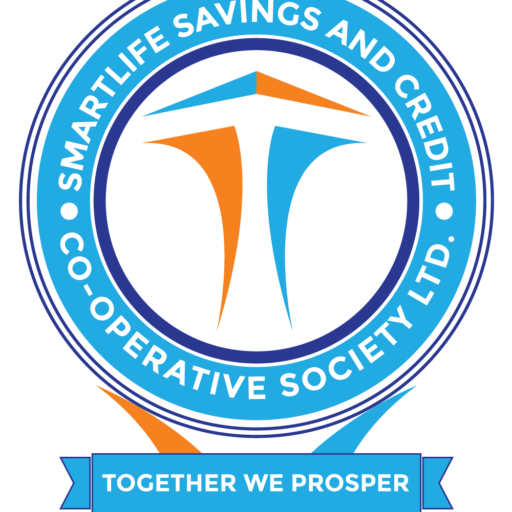Though many SACCOs have initiated work to digitize elements of their operations, most frontend aspects are still largely manual. SACCOs primarily interact with members manually and in-person.
Past research has found that many had started some initial efforts to digitize other areas of operations but at a slow pace. For example, Sacco times can reveal that SACCOs had generally made more progress digitizing back-end operations like processing loan applications, but that interactions with members were largely manual.
However, the COVID-19 pandemic has driven a “race to the bottom” of digitization, since SACCOs that are able to service clients remotely will be the most resilient through the pandemic and thereafter. In particular, SACCOs are now urgently looking for solutions in three areas: loan applications, communications with members and customer intelligence.
However, this has been in the past been hindered by the literacy level of some of the Sacco members who sought anonymity that majority of the technological aspects are hard to cope with and are not applicable at the local levels for mostly Mama Mboga and among other areas.
Loan applications are an area of opportunity for further digitization, as one IT manager noted, “To apply for loans, members have to come into the office to fill out physical forms – a challenge during COVID.” Members must first come into the office to apply for a loan. The loan is then assessed by a credit officer, and the guarantor listed on the form is verified and notified through a phone call. Even among those SACCOs that have automated some aspect of loan approval automation, the process of providing documents or identifying guarantors is completely paper-based.
To keep business moving, SACCOs are asking their members to fill out loan application forms, scan them, and send them to loan officers, or to send paper copies via motorcycle messengers. This process is cumbersome and error-prone, so SACCOs urgently need a digital solution.
The SACCOs we spoke to said they would like to digitize the loan application process so that members can apply via their phones or computers. They also want to integrate collateral management, additional credit scoring parameters/sources and notifications to alert members about the progress of their loan applications.
Another area of opportunity is communications with members. SACCOs previously relied on physical meetings with members at either branches or head offices to communicate information about products and policies. Without the ability to meet, SACCOs are now using bulk SMS to communicate. Members then have to call if they have a problem. According to a SACCO CEO, “There is only one-way communication – the members get our messages. But, if a member has a query, they call through the customer care number without a guarantee it will be picked up due to high call volumes.”
Finally, SACCOs highlighted customer intelligence as an area of opportunity as they want to track potential leads, member queries and analytics on dormant versus active accounts. Most SACCOs cannot easily see a customer’s information in one place, nor can they aggregate customer analytics. Much of this information is currently managed across various systems and record-keeping processes, so SACCOs cannot get a clear sense of how everything fits together.
Digital illiteracy among members, especially for SACCOs with older members
Even when SACCOs make the switch to digital, they often find that members are not leveraging the digital channels available to them and continue to visit offices for inquiries/transactions. This is especially true for SACCOs with older members who are uncomfortable using these digital channels. According to one SACCO’s CTO, “Most of our members aren’t using mobile banking; they use the banks at the main office.”
However, with COVID-19 restrictions, members need to access their accounts remotely, SACCOs are more focused than ever on finding a member-facing digital solution that has a broad range of functionality and works.
To help SACCO members make the transition, Kwara has developed a staggered pathway for adopting the system, in the form of a new offering called Pronto. Kwara’s Pronto, with its sleek, simple interface and intuitive features, has resulted in positive member feedback. Kwara is constantly iterating on the offering to make it more accessible to less digitally-literate members.


